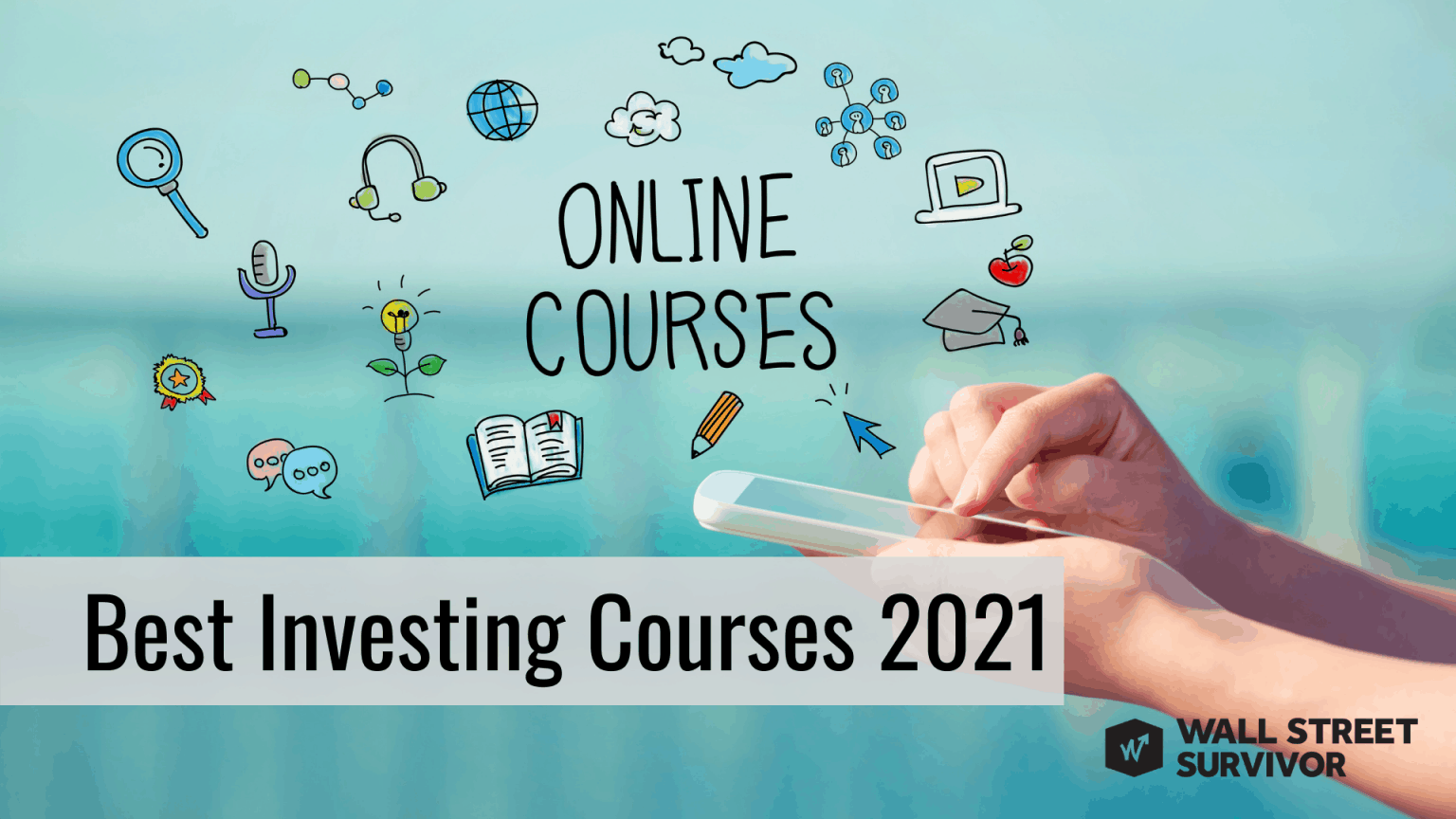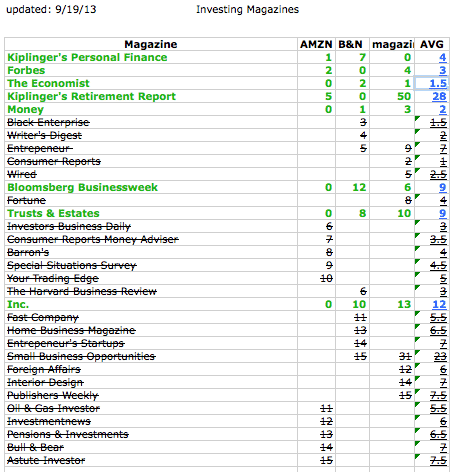

If over the weeks and months your open rate remains good, that's a pretty good sign that you've got a valuable newsletter. One thing I would say about the open rate is, in the long run, it's a pretty good measure of how you are doing. What have you seen be important in terms of getting someone to open a newsletter? I've dealt with my share and have gotten used to dealing with it, but it was scary starting a newsletter in that I was maybe opening myself up to some more targeted harassment.

It's definitely something I worry about just as a female journalist on the internet. And I hope it continues that way for you. It usually just skews a lot more positive than the feedback they get in other places. I'm still worried that there will be an explosion of negative comments one day.įor what it's worth, something that we hear a lot as a surprising thing for people who write newsletters is that they're shocked at the difference in people who privately hit reply to the newsletter and the tenor of that. Only a few, but they thankfully have been more positive so far. What surprised me as I was writing mine is that it did feel weirdly more intimate than writing an everyday story. You're agreeing to have this ongoing relationship between the reader and the writer, which is more valuable on both sides. It's not one of those things where you're constantly crafting things to get reach on social media.

Part of the magic of the newsletter is the way the social contract of it works, like I'm going to give you my email, and then you're going to reach out and show up in my inbox. I think a big part of it is the idea of having a direct connection with your readers. I just started writing a newsletter every week, and it's really hard. This interview has been edited and condensed for clarity. Protocol spoke to Best about why people are obsessed with newsletters, why he decided to raise venture capital and the very thorny question of what would happen if President Trump sent his looting and shooting remarks via newsletter. Silicon Valley investors have also bet on the platform: A graduate of Y Combinator, it has raised $17.6 million from investors including Andreessen Horowitz. Substack's business model means it takes a 10% cut - higher than other platforms such as Patreon. Its top paid publications range from Bill Bishop's thoughts on China to Emily Atkin's newsletter for people "pissed off about the climate crisis" to Luke O'Neil's "Welcome to hell world: weekly dispatches from the pit of despair" (which charges $6.66 a month).
#Best investing substacks for free
Substack has grown since its 2017 launch to become a popular platform for newsletter authors, letting them either distribute their writing for free or via paid subscriptions. But there's also an increasing wave of writers and particularly journalists - such as former BuzzFeed reporter Alex Kantrowitz, former Protocol reporter Levi Sumagaysay and even The Wall Street Journal - who are launching newsletters and building their own audiences on Substack.

Part of it is that people currently have more time on their hands: They're finally getting around to reading more or starting the writing projects they put off. Chris Best, CEO and founder of the newsletter platform Substack, said readership and writership has doubled there in the first three months of the coronavirus pandemic. If it seems like everyone is launching a newsletter these days, well, you're not wrong.


 0 kommentar(er)
0 kommentar(er)
